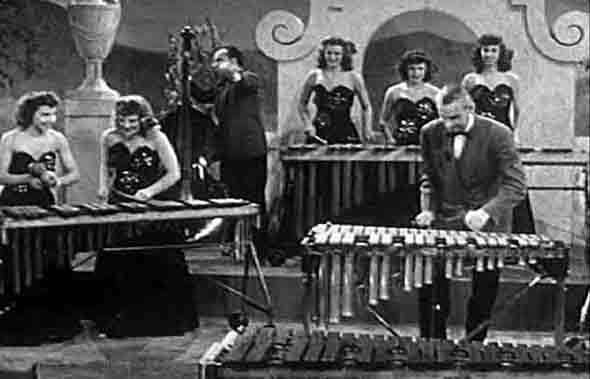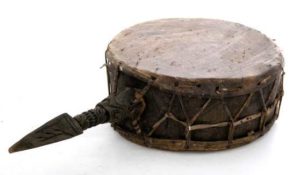
Children’s folklore: a child’s friend and a parent’s assistant
Contents
 Perhaps not every parent understands the meaning of the phrase “children’s folklore,” but they use this very folklore every day. Even at a very young age, children love to listen to songs, fairy tales, or just play pats.
Perhaps not every parent understands the meaning of the phrase “children’s folklore,” but they use this very folklore every day. Even at a very young age, children love to listen to songs, fairy tales, or just play pats.
A six-month-old baby has no idea what a rhyme is, but when the mother sings a lullaby or reads a rhymed count, the baby freezes, listens, becomes interested and… remembers. Yes, yes, he remembers! Even a child under one year old begins to clap his hands under one rhyme, and bend his fingers under another, not quite understanding the meaning, but still distinguishing them.
Children’s folklore in life
So, children’s folklore is poetic creativity, the main task of which is not so much to entertain children as to educate them. It is intended to demonstrate to the smallest citizens of this world the sides of good and evil, love and injustice, respect and envy in a playful way. With the help of folk wisdom, a child learns to distinguish between good and bad, respect, appreciate and simply explore the world.
To create a bright future for the child, parents and teachers combine their efforts and work in the same direction. It is very important that the educational process is properly organized both at home and in the educational institution, and the help of children’s folklore in this situation is simply necessary.
It has long been noted that play-based learning is more successful than many, even the most original, methods. Folk art is very close to children and, if chosen correctly for a particular age category, it is very interesting. With its help, you can introduce children to art, folk customs and national culture, but not only! The role of folklore in the everyday communication of children among themselves is great (remember teasers, counting rhymes, riddles…).
Existing genres and types of children’s folklore
There are the following main types of children’s folklore:
- Mother’s poetry. This type includes lullabies, jokes, and pesters.
- Calendar. This type includes nicknames and sentences.
- Game. This category includes such genres as counting rhymes, teasers, game choruses and sentences.
- Didactic. It includes riddles, proverbs and sayings.
Maternal poetry is incredibly important to the mother-child bond. Mom not only sings lullabies to her baby before bed, but also uses pestles at any convenient moment: after he wakes up, playing with him, changing his diaper, bathing him. Cocktails and jokes usually carry certain knowledge, for example about nature, animals, birds. Here is one of them:
Cockerel, cockerel,
The Golden Scallop
Masliana,
Silk beard,
Why do you get up early?
sing loudly
Don’t you let Sasha sleep?
Take your child to children’s musical folklore! Sing the song “Cockerel” right now! Here’s the background music:
[audio:https://music-education.ru/wp-content/uploads/2013/10/Petushok.mp3]
Genres of calendar folklore usually refer to living beings or natural phenomena. They are used in a wide variety of games and are considered especially effective in teams. For example, an appeal to the rainbow, which is read in chorus:
You, rainbow-arc,
Don’t let it rain
Come on honey,
Bell tower!
Playful children’s folklore is used by absolutely all children, even if they themselves are not aware of it. Counting tables, teasers and play rhymes are used by children every day in any group: in kindergarten, at school, and in the yard. For example, in every company you can hear children teasing “Andrey the Sparrow” or “Irka the Hole.” This genre of children’s creativity contributes to the formation of intelligence, the development of speech, the organization of attention and the art of behavior in a team, which can be described as “not being a black sheep.”
Didactic folklore is of great importance in raising children and developing their speech. It is he who carries the greatest amount of knowledge that children will need in later life. For example, proverbs and sayings have been used for many years to convey experience and knowledge.
You just need to work with the children
It is very easy to introduce a child, even one who is just beginning to speak, to musical and poetic creativity; he will happily accept what you teach him and then tell other children.
Activity is simply important here: parents must engage with their children, must develop them. If a parent is lazy, time runs out; if a parent is not lazy, the child gets smarter. Every child will take something from folklore for themselves, because it is diverse in theme, content, and musical mood.





